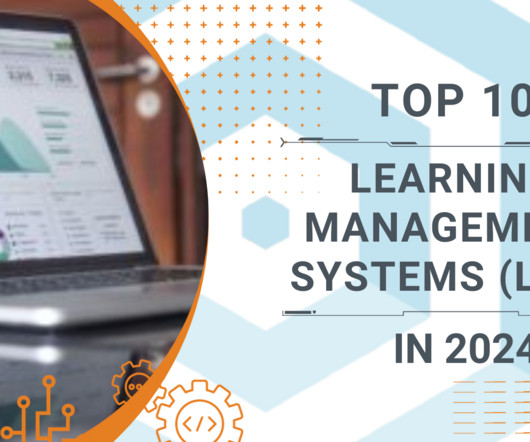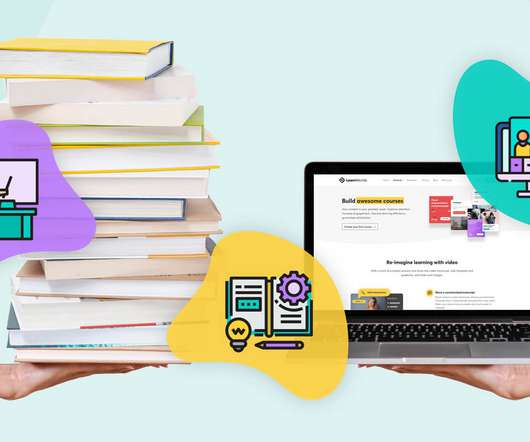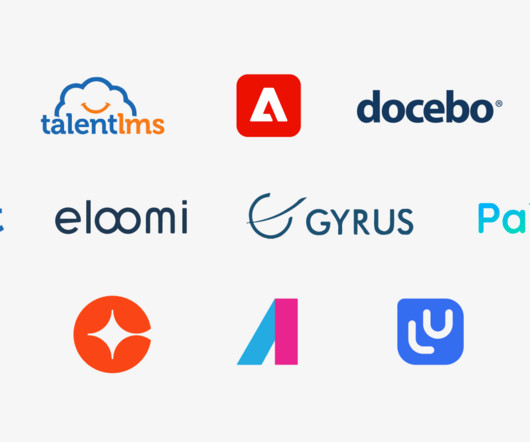Top 5 Practices of Using an LMS for Training Delivery
Webanywhere
FEBRUARY 28, 2022
Balance synchronous and asynchronous learning. Traditional teaching models have mostly been synchronous, that is, the learner and the teacher interact with each other in real-time. However, many teaching modules have been very successful in the asynchronous mode. Plan and schedule your training delivery.





















Let's personalize your content